Rising Healthcare Expenditure
Increasing healthcare expenditure is another pivotal factor influencing the Antimicrobial Wound Care Dressing Market. As countries allocate more resources to healthcare, there is a corresponding rise in the availability and accessibility of advanced wound care products. This trend is particularly evident in regions where healthcare systems are evolving to meet the demands of modern medicine. Market data suggests that higher healthcare spending is associated with improved patient care and the adoption of innovative wound management solutions. Consequently, the demand for antimicrobial dressings is likely to grow as healthcare providers seek to enhance treatment outcomes and reduce the burden of wound-related complications. This correlation between healthcare expenditure and the Antimicrobial Wound Care Dressing Market indicates a promising outlook for future growth.
Rising Incidence of Chronic Wounds
The Antimicrobial Wound Care Dressing Market is experiencing growth due to the increasing prevalence of chronic wounds, such as diabetic ulcers and pressure sores. These conditions often require specialized care to prevent infections and promote healing. According to recent data, chronic wounds affect millions of individuals, leading to a heightened demand for effective wound care solutions. The need for antimicrobial dressings, which can reduce the risk of infection and enhance healing, is becoming more pronounced. As healthcare providers seek to improve patient outcomes, the adoption of advanced antimicrobial dressings is likely to rise, thereby driving the market forward. This trend indicates a shift towards more proactive wound management strategies, which could reshape the landscape of the Antimicrobial Wound Care Dressing Market.
Growing Awareness of Infection Control
Infection control has become a paramount concern in healthcare settings, significantly influencing the Antimicrobial Wound Care Dressing Market. The rising awareness among healthcare professionals and patients regarding the risks associated with wound infections is prompting a shift towards the use of antimicrobial dressings. These products are designed to minimize microbial colonization and promote faster healing. Market data suggests that the demand for such dressings is expected to increase as hospitals and clinics implement stricter infection control protocols. This heightened focus on preventing infections not only enhances patient safety but also reduces healthcare costs associated with prolonged hospital stays and additional treatments. Consequently, the Antimicrobial Wound Care Dressing Market is likely to benefit from this growing emphasis on infection prevention.
Technological Advancements in Wound Care
The Antimicrobial Wound Care Dressing Market is being propelled by rapid technological advancements in wound care products. Innovations such as smart dressings, which can monitor wound conditions and deliver medication, are gaining traction. These advancements not only improve the efficacy of wound management but also enhance patient comfort and compliance. Market analysis indicates that the integration of technology into wound care is expected to drive significant growth in the industry. As healthcare providers increasingly adopt these advanced solutions, the demand for traditional antimicrobial dressings may evolve, leading to a more diverse product offering. This trend suggests that the Antimicrobial Wound Care Dressing Market is on the cusp of transformation, with technology playing a crucial role in shaping its future.
Aging Population and Associated Health Issues
The aging population is a critical driver of the Antimicrobial Wound Care Dressing Market. As individuals age, they often experience a decline in skin integrity and an increase in comorbidities, which can lead to a higher incidence of wounds. This demographic shift is resulting in a growing need for effective wound care solutions, particularly antimicrobial dressings that can address the unique challenges faced by older patients. Data indicates that the elderly population is projected to grow significantly in the coming years, further amplifying the demand for specialized wound care products. Healthcare systems are likely to adapt by incorporating more antimicrobial dressings into their treatment protocols, thereby enhancing the overall market landscape. This trend underscores the importance of addressing the needs of an aging population within the Antimicrobial Wound Care Dressing Market.


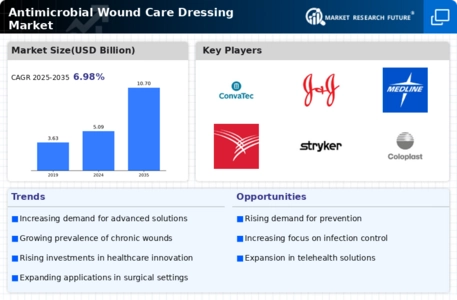
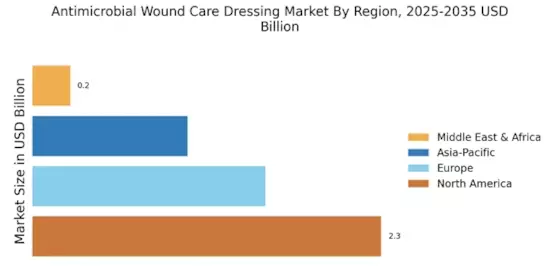

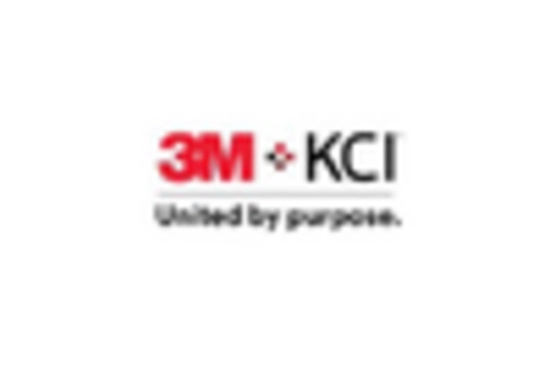
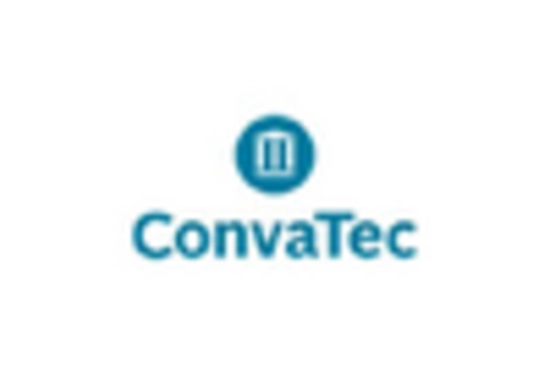

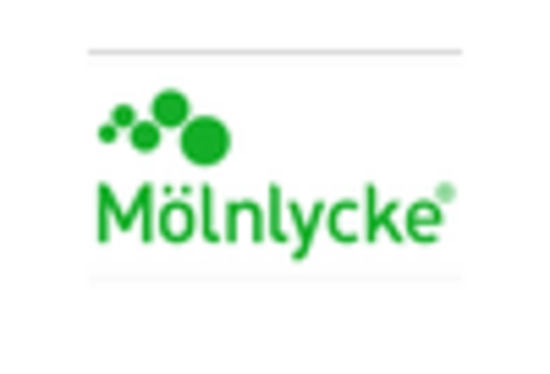









Leave a Comment